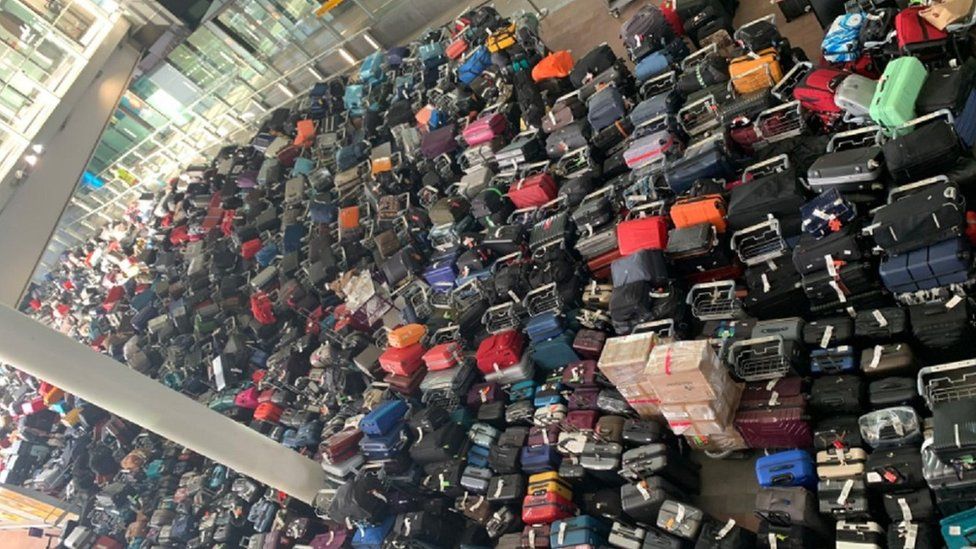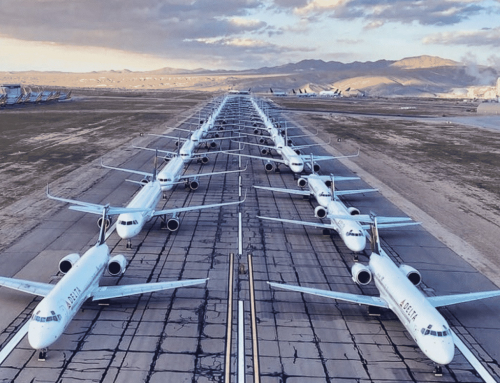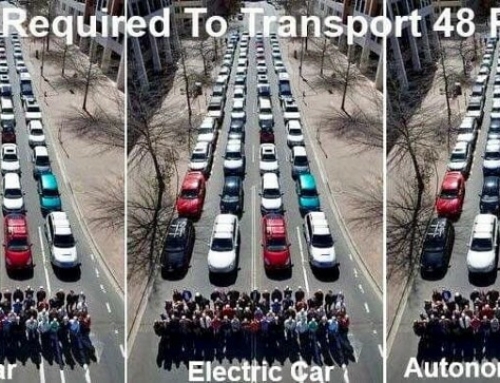The chaos at Heathrow’s Terminal 5 is an excellent example of what happens when the logic of finance interacts with the logic of large complex systems. As Will Hutton wrote at the weekend, shareholders in British Airways (its sole tenant) and BAA (which runs the airport) demand perpetually growing dividends. Financial returns on this scale can only be achieved by cutting people out of the system: This is because big shiny buildings, although expensive, are capital costs that can be written off through time; people, on the other hand, appear in a company’s accounts as recurrent costs that directly reduce profits.
Willy Walsh, the cost-cutting hard man put in to run BA, has duly cut people costs to the bone. As a result of his ministrations morale has crashed, many experienced middle managers took early retirement before T5 opened, and a recent survey reported that nearly 30 per cent of staff claim they had been bullied.
Thousands of MBA students, whose predecessors now run companies like BA and BAA, are being taught, as you read this, to regard people as cuttable costs and that technology exists to help them do the cutting. Once in post as junior Willy Washes, these WaffenMBAs are an easy mark for the IT industry: it peddles dysfunctional systems on the back of absurd promises that they will work without intensive participation by trained and motivated people. The tech industry grows, despite its long history of peddling porkies, because its cost-cutting clients are pre-programmed to believe the lies.
Moving bags, moving people, moving goods: Logistics are life-critical for us all. I was therefore alarmed to read in Supply Chain Standard about logistics in the supermarket industry. On checking the software descriptors of 14,000 product lines, one analyst found that information lines for every single item contained one or more errors. A standard description has 200 attributes, but industry customers typically add up to 1,500 extra items of information on their own account – so the possibility for error is mind-boggling.
All retailers – and all airport operators – rely totally on logistics technology. But according to the industry’s own in-house magazine, many supermarkets admit to at least 35 percent data inaccuracy in their product files. Things sound even grimmer when you realise that millions of lines of dodgy data are being fed into patched-up legacy systems that few people understand – and are therefore hard to maintain. “It’s little surprise”, concludes the writer, that “retailers end up with little idea of what is in store, in transit, on order or at the warehouse”. Supply Chain Standard, January 2008, page 9, Penelope Ody
Now connect in your mind, as an exercise, the bags chaos at Heathrow with that thirty five per cent inaccuracy in the data used by supermarkets. Next, consider that supermarkets only have three days supply of food in stock at any one time…or so they think. I don’t know about you, but I’m reminded that this is planting season at my home in France: I need to get back and start digging.




